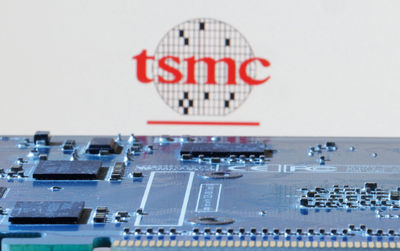Many of us travel for work, and there are several factors we take into consideration when we do. Finding the best flights, hotels and transportation to fit in the guidelines of compliance is the first set of hurdles, but the second can be a bit trickier: Trusting your selected location. Most hotels do not advertise their physical security details, let alone any cybersecurity efforts.

I recently visited New Delhi, India, where I stayed at a hotel in the Diplomatic Enclave. Being extremely security conscious, I did a test on the connection from the hotel and found there was little-to-no protection on the wi-fi network. This hotel touts its appeal to elite guests, including diplomats and businessmen on official business. But if it doesn’t offer robust security on its network, how can it protect our records and personal data? What kind of protection could I expect if a hacking group decided to target guests?
[You may also like: Protecting Sensitive Data: A Black Swan Never Truly Sits Still]If I had to guess, most hotel guests―whether they’re traveling for business or pleasure―don’t spend much time or energy considering the security implications of their new, temporary wi-fi access. But they should.
More and more, we are seeing hacking groups target high-profile travelers. For example, the Fin7 group stole over $1 billion with aggressive hacking techniques aimed at hotels and their guests. And in 2017, an espionage group known as APT28 sought to steal password credentials from Western government and business travelers using hotel wi-fi networks.
A Tale of Two InternetsTo address cybersecurity concerns―while also setting themselves apart with a competitive advantage―conference centers, hotels and other watering holes for business travelers could easily offer two connectivity options for guests:
Secure Internet: With this option, the hotel would provide basic levels of security monitoring, from virus connections to command and control infrastructure, and look for rogue attackers on the network. It could also alert guests to potential attacks when they log on and could make a “best effort.” Wide Open Internet: In this tier, guests could access high speed internet to do as they please, without rigorous security checks in place. This is the way most hotels, convention centers and other public wi-fi networks work today.A two-tiered approach is a win-win for both guests and hotels. If hotels offer multiple rates for wi-fi packages, business travelers may pay more to ensure their sensitive company data is protected, thereby helping to cover cybersecurity-related expenses. And guests would have the choice to decide which package best suits their security needs―a natural byproduct of which is consumer education, albeit brief, on the existence of network vulnerabilities and the need for cybersecurity. After all, guests may not have even considered the possibility of security breaches in a hotel’s wi-fi, but evaluating different Internet options would, by default, change that.
[You may also like: Protecting Sensitive Data: The Death of an SMB]Once your average traveler is aware of the potential for security breaches during hotel stays, the sky’s the limit! Imagine a cultural shift in which hotels were encouraged to promote their cybersecurity initiatives and guests could rate them online in travel site reviews? Secure hotel wi-fi could become a standard amenity and a selling point for travelers.
I, for one, would gladly select a wi-fi option that offered malware alerts, stopped DDoS attacks and proactively looked for known attacks and vulnerabilities (while still using a VPN, of course). Wouldn’t it be better if we could surf a network more secure than the wide open Internet?

Read the “2018 C-Suite Perspectives: Trends in the Cyberattack Landscape, Security Threats and Business Impacts” to learn more.
Download Now

















